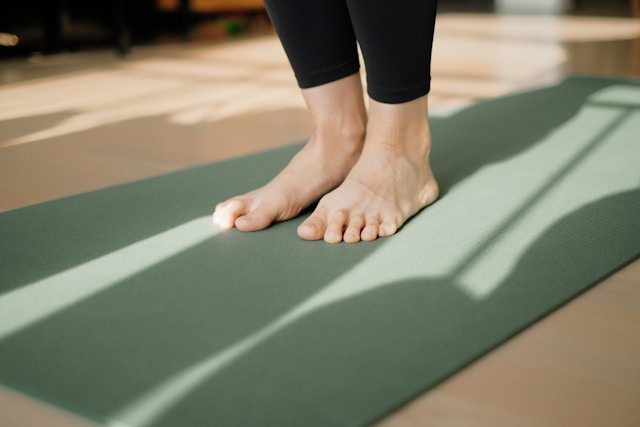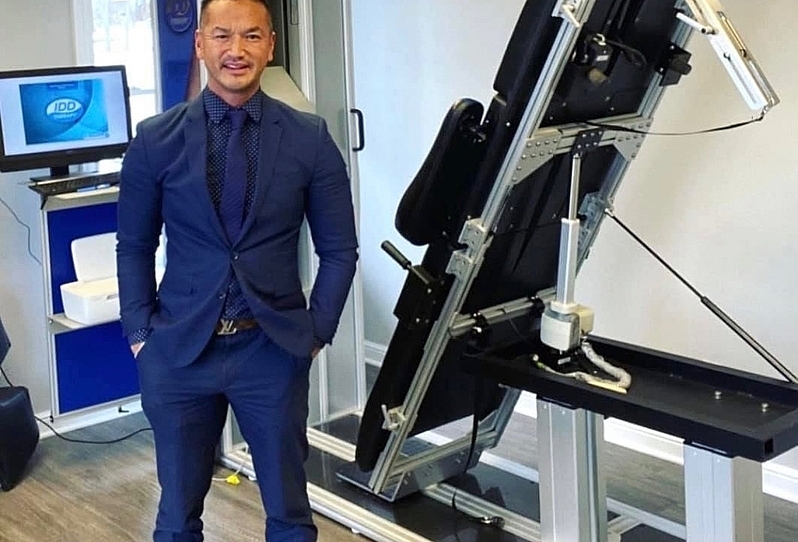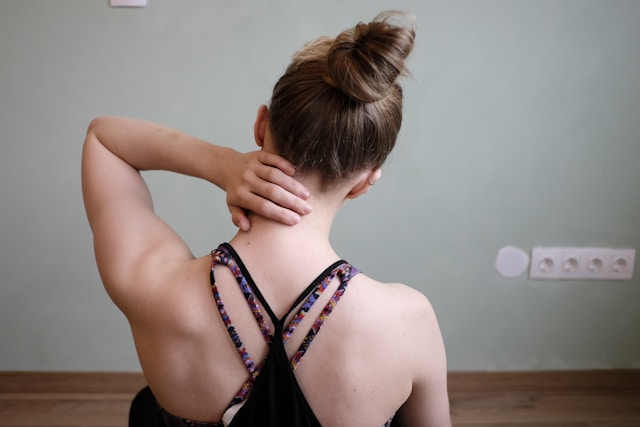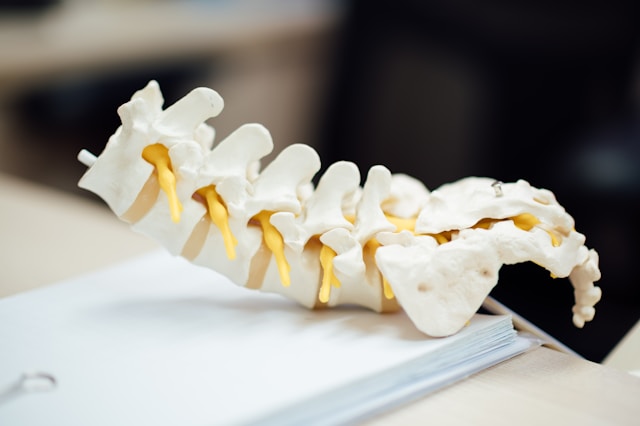Blog
Exercises to Complement Your Spinal Decompression Treatment

This guide outlines safe, spine-friendly exercises that complement your decompression treatment and support long-term spinal health.
Why Exercise Matters After Spinal Decompression
Spinal decompression creates space within the discs and alleviates nerve compression, but maintaining these benefits depends on strong, supportive muscles and healthy movement patterns. Gentle exercises can help by:
- Strengthening core and back muscles to stabilize the spine
- Improving flexibility and reducing stiffness
- Enhancing circulation to promote disc healing
- Supporting better posture and movement mechanics
Schedule your free consultation today to learn how customized exercise plans can maximize your treatment results.
Important Guidelines Before Starting
Before beginning any new exercise routine, check with your decompression provider or healthcare professional. They will ensure the movements are appropriate for your condition and recovery stage. Keep these general tips in mind:
- Start slowly and focus on form rather than intensity
- Avoid movements that cause sharp or radiating pain
- Incorporate breathing and relaxation to avoid tension
- Progress gradually as your spine becomes stronger and more stable
1. Pelvic Tilts
Pelvic tilts are excellent for activating the lower abdominal muscles and promoting mobility in the lumbar spine.
How to perform:
- Lie on your back with knees bent and feet flat on the floor.
- Gently flatten your lower back against the floor by tightening your abdominal muscles and tilting your pelvis upward.
- Hold for 5 seconds, then relax.
- Repeat 10–15 times, focusing on smooth, controlled movements.
This exercise helps support the healing process by reducing lumbar tension and improving stability.
2. Cat-Cow Stretch
The cat-cow stretch improves flexibility in the spine and gently mobilizes the back muscles.
How to perform:
- Begin on your hands and knees with wrists under shoulders and knees under hips.
- Inhale as you arch your back (cow), lifting your head and tailbone upward.
- Exhale as you round your spine (cat), tucking your chin toward your chest.
- Repeat 10–12 cycles, moving slowly with your breath.
This movement promotes healthy spinal motion and can relieve stiffness after decompression sessions.
3. Bird Dog Exercise
The bird dog strengthens core muscles and promotes stability across the spine and hips.
How to perform:
- Start on all fours, hands under shoulders and knees under hips.
- Extend your right arm forward and left leg backward until they form a straight line with your spine.
- Hold for 5 seconds, then return to the starting position.
- Alternate sides and repeat 8–10 times on each side.
Maintaining proper form is key — avoid twisting or arching your back during the movement.
4. Seated Hamstring Stretch
Flexible hamstrings reduce strain on the lower back and improve overall mobility.
How to perform:
- Sit on the edge of a sturdy chair with one leg extended straight in front of you, heel on the floor.
- Keep your back straight and hinge forward at the hips until you feel a stretch along the back of your thigh.
- Hold for 20–30 seconds, then switch legs.
- Repeat 2–3 times on each side.
Gentle stretching like this helps relieve tension without straining healing discs or muscles.
5. Wall Angels
Wall angels improve upper back posture and strengthen the muscles that stabilize the shoulder blades and spine.
How to perform:
- Stand with your back against a wall, feet about 6 inches away, and lower back gently pressed into the wall.
- Place arms in a “goalpost” position (elbows bent at 90 degrees) with the backs of your hands against the wall.
- Slowly slide your arms upward, then return to the starting position.
- Perform 10–12 repetitions, maintaining contact with the wall throughout.
This exercise supports proper posture and counteracts forward rounding of the shoulders.
Incorporating Exercise Into Daily Life
These exercises can be performed a few times per week, even on days you’re not scheduled for decompression therapy. Over time, they help maintain spinal alignment, reduce pain flare-ups, and build resilience against future injuries.
As you progress, your provider may recommend additional strengthening or flexibility routines tailored to your condition and lifestyle.
Long-Term Benefits of Combining Decompression and Exercise
Spinal decompression therapy addresses the structural cause of pain by relieving disc and nerve pressure. Complementary exercises add a functional layer of support by improving muscle endurance, balance, and posture. Together, they create a foundation for long-term relief and spinal health.
Many patients who combine decompression with exercise experience faster recovery and report fewer recurrences of pain over time — especially when combined with posture training and ergonomic adjustments at work and home.
Get Personalized Guidance at Disc Centers of America Cleveland
Every spine is unique, and your exercise plan should reflect your specific diagnosis and goals. At Disc Centers of America Cleveland, Dr. Roger Huang and his team provide individualized recommendations to help patients get the most out of their decompression therapy.
Schedule your free consultation today to find out if spinal decompression is right for you and receive personalized guidance on safe, effective exercises to support your recovery.
‹ Back









 2794 Som Center Road
2794 Som Center Road
